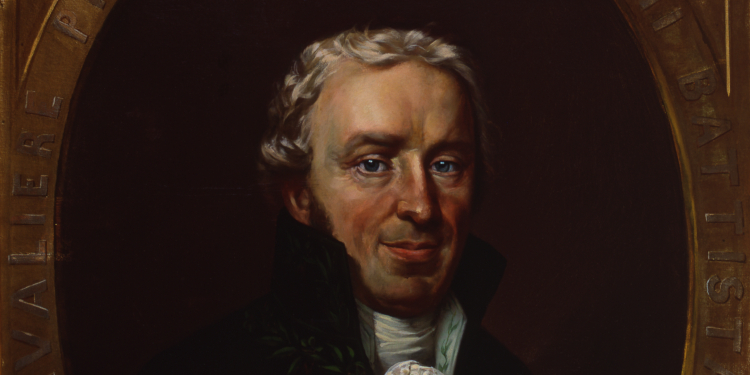Pioneering father of optical technology: Who is Giovanni Battista Amici?
Thanks to him, we learned that plants also have a sexual life:

(1786-1363) Italian optician, astronomer, and naturalist. He made important observations in the fields of astronomy and botany with the reflecting telescope and microscope he developed. Born March 25, 1786, in Modena, died April 10, 1863, in Florence. He completed his education at the University of Bologna. Between 1815 and 1825 he was a professor of mathematics at the University of Modena. In 1835 he became private astronomer to the Grand Duchess of Tuscany and director of the observatory attached to the Royal Museum of Florence. He retired in 1759.
Amici's contribution to optics was the development of the reflecting telescope and the microscope. The idea of making a reflecting telescope by using a mirror instead of a lens in the lens of the skyscope was first put forward by James Gregory in England in 1663, and Newton, who managed to develop suitable mirrors, realized this idea.
In the 18th century, Herschel built larger and better-viewing telescopes. Using a mirror instead of a lens prevented the color aberrations that occur when light is refracted from the lenses and blur the image, but this time the spherical mirrors used led to spherical aberrations. Amici and his contemporary Foucault solved this important problem by using parabolic mirrors that prevent spherical aberration by concentrating rays parallel to the principal axis at their focal point. Alongside his drawings of parabolic mirrors, Amici developed the eponymous compound prism system and apex prism for use in prism spectroscopes that separate light into spectral components. During his years at the Florence Observatory, he observed Jupiter's moons and double stars with his reflecting telescope. Again, with his own invention, the micrometer, he was able to accurately measure the equatorial and pole diameters of the Sun.
In 1827, Amici placed a concave mirror with a focal length of about 7 cm between the objective and the eyepiece, this time to prevent chromatic aberration caused by the objective lens in the microscope. In order to prevent spherical aberrations caused by the structure of the lens, he developed the oil drop (immersion) lens in 1840. With this microscope, which can distinguish 0.001 mm and magnify objects 6000 times, he made very sensitive observations on metals and especially plants.
While Amici was examining the hair cells on the stigma of the flower's stigma and the circulation of protoplasm in the oleander plant, he saw pollen stuck to these cells. In 1830, as a result of long examinations, he determined that the pollen entering the stigma passed through the stigma and descended to the ovary, where it formed the outline of the plant. In 1846, he realized that one of the particles in the embryonic sac of a closed-celled plant was a female gamete. Thus, for the first time, the existence of the fertilization process in flowering plants was understood and it was learned that the genitals had different functions. Shortly after Amici, Swiss physician and zoologist Herman Fol confirmed these findings and investigated the phenomenon of sexuality, emphasizing the function of the male gamete (1879). Clarification of unknown points in the fertilization event in plants is of great importance in terms of both the production of plant hybrids by cross-seeding and the theories of heredity and evolution.
Amici, a versatile scientist, conducted fundamental research in the fields of astronomy, botany, and mineralogy with the optical tools and methods he developed. Another proof of his success in optics is the use of a lens he developed in research even in the second half of the 20th century.
